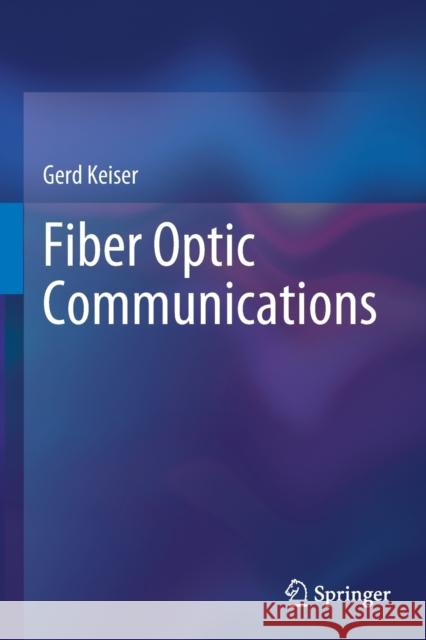Fiber Optic Communications » książka
topmenu
Fiber Optic Communications
ISBN-13: 9789813346673 / Angielski / Miękka / 2022 / 668 str.
Fiber Optic Communications
ISBN-13: 9789813346673 / Angielski / Miękka / 2022 / 668 str.
cena 242,07
(netto: 230,54 VAT: 5%)
Najniższa cena z 30 dni: 231,29
(netto: 230,54 VAT: 5%)
Najniższa cena z 30 dni: 231,29
Termin realizacji zamówienia:
ok. 22 dni roboczych.
ok. 22 dni roboczych.
Darmowa dostawa!
Kategorie BISAC:
Wydawca:
Springer
Język:
Angielski
ISBN-13:
9789813346673
Rok wydania:
2022
Ilość stron:
668
Waga:
0.91 kg
Wymiary:
23.39 x 15.6 x 3.4
Oprawa:
Miękka
Wolumenów:
01
Dodatkowe informacje:
Wydanie ilustrowane











